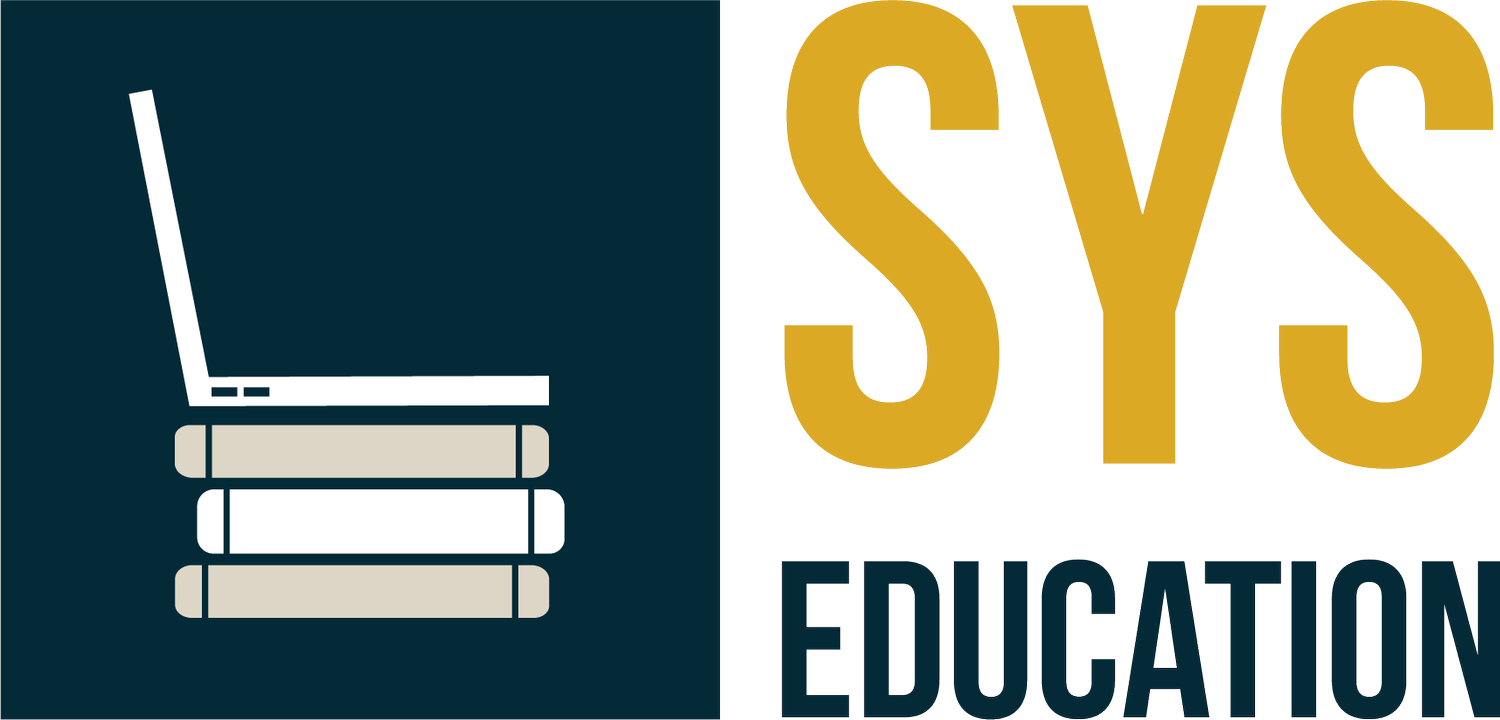Elementary STEAM Projects for Online Learning
By Cassie Pierce
How do elementary educators assign interactive science experiments and engineering design projects to online students in their home “labs,” when what constitutes each lab is largely unknown and inaccessible to educators? This stands in stark contrast to the level of supervision and access that would be possible, if not fundamentally necessary, in a brick-and-mortar classroom.
Yet, online educators are faced with the same challenges as in-person teachers, to prepare students for "college, careers, and citizenship" as laid out by the Next Generation Science Standards (NGSS). This requires the creation of meaningful science activities that will equip students with the necessary skills to be successful in today's science and technology fields. Students today need to be able to “Generate and compare multiple possible solutions to a problem based on how well each is likely to meet the criteria and the constraints of the problem” (3-5-ETS1-2: Engineering Design, NGSS). It is no longer enough to simply understand the steps of the scientific method or the engineering design processes. Students need higher-level analytical thinking skills to meet this challenge. How can online educators ensure equitable access to the learning opportunities necessary to meet these objectives?
Equitable Supplies
When families and educators work together, students can demonstrate their understanding of the scientific method and the engineering design process in meaningful and unique ways. Educators can ensure equitable access to the learning materials necessary to meet these objectives by considering these key areas:
Shipment: There are a myriad of factors that can impact the pace of a synchronous lesson even when students are mailed the same supplies. This includes the variation of shipment speed, the possibility of loss or user error, or the need for replacement items. Online educators must weigh the benefits of shipment with their school’s budget and any potential drawbacks. In some cases, shipment may not be a possibility.
Technology: In addition, educators need to consider the physical supplies in relation to their school’s technology tools or programs such as when it would be better to implement an experiment entirely online instead and where students should conduct any hands-on aspects in proximity to these technology tools.
Safety: Issues of liability must be considered. Parent or guardian supervision and the proper use of supplies can be requested but not guaranteed. Clear communication is paramount to a successful outcome.
Accessibility: The type of materials must also be examined in a socioeconomic context as elementary students are dependent upon their family members to access supplies. To assign food items may not be economically feasible if a family relies on these items for their daily sustenance. Families may appreciate, if not require, more notice to gather supplies. Some guardians may be restricted in their day to day activities due to financial or health issues, as well as due to time constraints or Covid concerns. The timeline of an assignment should take into account these potential factors to ensure equal accessibility.
Objectives to Outcome
It can be beneficial for educators to focus on the objectives as the primary purpose of the activity and to consider the supplies as secondary, a means to achieve this end. For example, if the objective is for students to demonstrate mastery of the engineering design process, the rubric can be designed around these non-negotiable steps. Educators may then create an open-ended question with multiple means of assessment. Students will be challenged to use higher-level thinking skills instead of rote memorization with a prescribed design or supplies.
Consider an open-ended “choice board” to act as inspiration for a supply list. Students will work together with their parents or guardians to find the appropriate supplies necessary to meet the objectives (such as to solve a design problem). The teacher may wish to add a disclaimer or a permission slip as well. Recycled supplies and creativity can be emphasized for accessibility and a deeper level of reflection. This also removes the shipping barrier and it encourages accountability whether or not supplies are mailed.
Possible assessment options may include:
Diorama or 3D model with the use of physical supplies such as clay, paint, or recycled items at home. For an online model, try TinkerCad.
Video demonstration of the experiment, model, or outcome: For technology safety concerns, students may talk through the earlier process rather than show each step.
Blog, online, or physical journal of the process step-by-step.
Commercial or play about their creation.
Photo book or poster to represent each part of their scientific analysis.
Science diagram online: Consider Sketch Toy, Google Drawing, & Chemix.
Online experiments or virtual lab examples see PhET & Concord.
Timeline & Topics
It can be helpful to provide families with a month or more to gather any materials they will not be provided with. In addition, this timeline enables educators to “chunk” each step of the scientific method or the engineering design process for students that may need more assistance. Short-term “check-ins” such as progress surveys can be added for accountability, if needed. Educators may wish to assign students with a collection of optional texts and articles to aid with the experiment search or to brainstorm engineering design problem ideas.
Students that need more of a challenge can create their own experiments/designs or compare the outcome of an experiment with different variables or supplies. Subject integration can be equally powerful and appeal to multiple skill levels. Can educators assign a project that addresses other content area objectives? For example, can students demonstrate their understanding of expository research or writing (English), shapes or measurement (Math), and space (Science) in one engineering design project?
Additional Resources:
Scientific Method & Engineering Design Process Ideas, Labs, or Texts:
Epic: This resource library is free to use within limited hours. Teachers can assign leveled books and collections to students or choose from other educators’ collections. There are also audiobooks, read-to-me, and video experiment options.
CK-12: This website has an abundance of science articles, videos, and resources.
Newsela: A paid news program that has experiments, articles, and virtual field trips for students to access with adjustable reading levels and audio options.
NASA: You can find news, International Space Station information, STEM ideas, & more!
National Geographic Kids: Students can explore a variety of science content directed towards a youth audience.
Kiwico: Tinker Crates or Kiwi Crates: This company will mail students physical science kits of their choice on a regular basis for a fee.
Go Noodle: This website integrates subject specific content with music and physical activity.
Generation Genius: Teachers can assign science videos by content area/standard with this paid program.
This is Cassie Pierce’s eighth year teaching elementary school (upper/lower elementary, private, charter, public etc.) both in-person and online. Cassie is knowledgeable of socioemotional learning with six years of experience at a not-for-profit hospice (clinical/administrative support, family bereavement support and children’s fundraising volunteer). Cassie is an instructional coach with SYS and she likes to help teachers plan meaningful lessons for their students.


